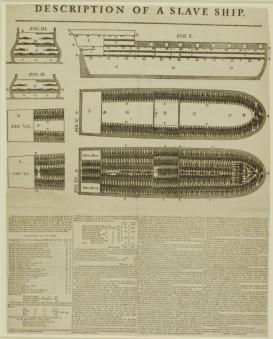Logistics is the science, technology, and art of efficiently managing the mobility of things and people. It is a byword for the management of global supply chains, and the shipping container is its familiar symbol. Yet logistics has a history, in eighteenth-century antislavery discourses, nineteenth-century industrial organization and military campaigns, and twentieth-century management science. In contemporary commerce, logistics regulates the flow of production and distribution, reducing inventory and labor costs and delivering goods “just-in-time”; it quickly adjusts to fluctuations and disruptions in the supply chain. Logistics increasingly forces local decisions to account for global trade flows. Moreover, it uses mathematical modeling, software, and automation to continuously adjust to supply chain vicissitudes. As the conceptual mandate of global trade, logistics seems like a totalizing abstraction. Yet logistical decisions, such as whether to protect the supply chain, or to disrupt it, are human ones. Reinterpreting logistics in the context of cognitive, aesthetic, and political judgments, reveals its contingency, materiality, and true human scale. Combining the history of management science, science and technology studies, and cultural and literary studies, my project deconstructs logistics’ ideals of resilience and flow, identifying the human forms, moments, and places within them. What does industrial modernity look like if we readjust Marx’s famous phrase to say that “all that is solid melts into flow”?

Description of a Slave Ship (James Phillips, London, 1787).

